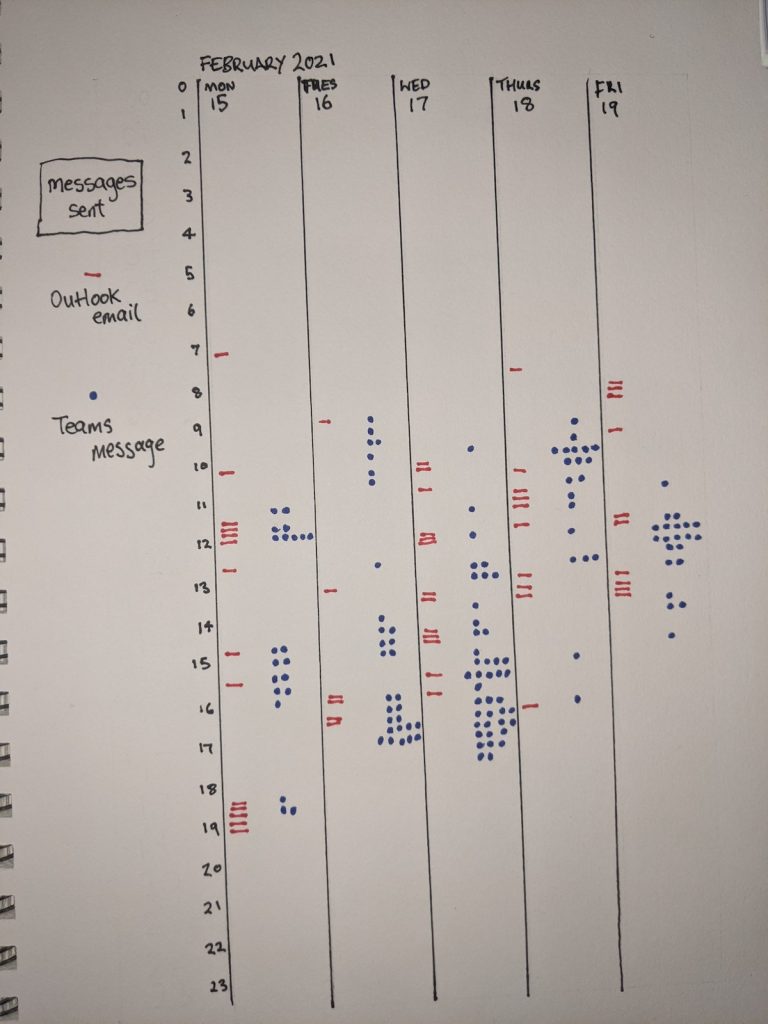Block: ‘Teaching’ with Data / Summary
The datafication of education goes hand in hand with the commodification of education. By datafication, I mean the increased quantification of teaching and learning activities and expansion of metric power in education systems (Williamson et al. 2020). By commodification, I mean the packaging of these quantifiable activities into marketable commodities.
Teachers are increasingly positioned as data workers who produce, interact with and monitor data about their students. They increasingly may come to see and define their students through ‘data doubles’ produced within educational technology platforms (Brown 2020, van Dijck et al. 2018). The assumptions made by technologies about their students are not always made explicit to teachers.
Teachers experience a similar data subjectification as their students, coming to know and define their practice through data (Harrison et al. 2020). Their work as teachers (and researchers) is increasingly quantified in ways that reward specific professional performances as ‘good’, serving to reinforce and reproduce the processes of datafication and commodification within education systems.
Accordingly, teachers’ data literacy and competency is put into the spotlight in this block’s readings, and critical data literacy is positioned as a necessity. Critical data literacies focus on inquiring into data systems and their use at both a structural and personal level (Sander 2020), including how data flows through commercial platforms (van Dijck et al. 2018), and use theoretical frameworks to examine the assumptions and norms about education that are reinforced by data practices (Raffaghelli & Stewart 2020). This is in opposition to instrumental conceptualisations of data literacy that focus on navigating or making use of data without connecting these to epistemological, pedagogical and ethical complexities.
I wonder if it is possible for teachers to develop this form of critical data literacy while remaining ‘illiterate’ in many of the ways in which data work. As I read this interview with Katherine McKittrick on her new book, Dear Science and Other Stories, I was struck by her description of trying to create an algorithm:
I wanted to create, on my own, an endless algorithm… When I began researching how to do this, I became very frustrated. I could not do it. I did not have the background in computer science… I remember sitting there, just sad and embarrassed. Because I had to face how insolent I was for thinking I could just “make an algorithm” and disregard the difficult work computer scientists do. I had to come to terms with the fact that my understanding of algorithms was largely descriptive and that most of what I knew was largely negative (algorithms underpin racial profiling) and that I was understudied.
(McKittrick 2021)
Although McKittrick is talking about creating an algorithm for a specific purpose, this account made me think that a conceptualisation of critical data literacy must be based in both epistemology and methodology, or the ‘work’ of data science. While avoiding a purely instrumental approach to data practices, teachers should be taught explicitly about data collection, analysis and visualisation methods. Critically data literate teachers not only need to develop critical onto-epistemological positions towards data (Harrison et al. 2020), they need an understanding of how data scientists and other data workers actually work. To me, this is an important aspect of a critical data literacy for teachers that could foster an understanding, or sense of solidarity, with data workers across industries who both produce and are subject to similar processes of datafication and commodification.
References
Brown, M. 2020. ‘Seeing students at scale: how faculty in large lecture courses act upon learning analytics dashboard data‘, Teaching in Higher Education. 25(4), pp. 384-400
Harrison, M.J., Davies, C., Bell, H., Goodley, C., Fox, S & Downing, B. 2020. ‘(Un)teaching the ‘datafied student subject’: perspectives from an education-based masters in an English university‘, Teaching in Higher Education, 25(4), pp. 401-417.
McKittrick, K. 2021. ‘Public thinker: Katheirne McKittrick on Black Methodologies and other ways of being’, interviewed by Chanda Prescod-Weinstein for Public Books, 2nd January. <https://www.publicbooks.org/public-thinker-katherine-mckittrick-on-black-methodologies-and-other-ways-of-being/>.
Raffaghelli, J.E. & Stewart, B. 2020. ‘Centering complexity in ‘educators’ data literacy’ to support future practices in faculty development: a systematic review of the literature‘, Teaching in Higher Education, 25(4), pp. 435-455.
Sander, I. 2020. ‘What is critical big data literacy and how can it be implemented?‘, Internet Policy Review, 9(2). DOI: 10.14763/2020.2.1479
van Dijck, J., Poell, T., & de Waal, M. 2018. ‘Chapter 6: Education‘, in The Platform Society, Oxford University Press.
Williamson, B. Bayne, S. Shay, S. 2020. ‘The datafication of teaching in Higher Education: critical issues and perspectives‘, Teaching in Higher Education. 25(4), pp. 351-365.


